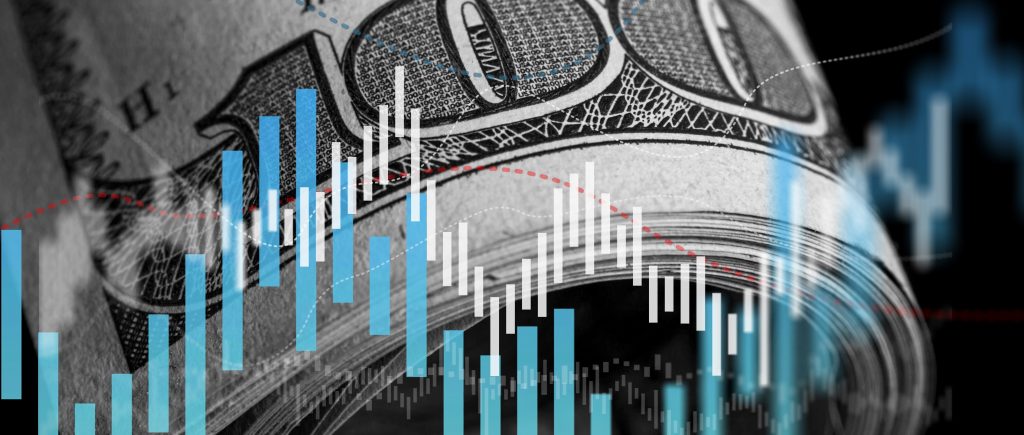The US dollar continues to rise, up 0.42% at 105.057, amid the absence of US data on the economic calendar on Wednesday, on the back of the surging US Treasury bond yields, which have continued to rise since the beginning of trading this week.
US Treasury bond yields continue to rise, prompted by statements by Federal Reserve officials on Tuesday, reflecting a tendency within the Federal Open Market Committee to keep the interest rate unchanged in, at least June’s policy meeting.
Ten-year US Treasury bond yields rose to 4.624% compared to the last daily close, which recorded 4.557%. Yields on benchmark government bonds fell to their lowest level on the current trading day at 4.546%, compared to the highest level recorded at 4.626%.
There is an inverse relationship between interest rate cut expectations and US bond yields, which makes the returns on these sovereign securities rise whenever interest rate cut expectations decline, which is the current one that applies to the current session’s transactions.
Rising Treasury bond yields strengthen the US dollar, but meanwhile, hit gold prices. The precious metal falls 0.87%, pressured by climbing US Treasury yields.
So far, Fed Governor Neel Kashkari’s hawkish remarks underpin US yields, US dollar. The upcoming PCE inflation data will play a critical role in shaping future price movements. Gold prices slump on Wednesday amid rising US Treasury yields, boosting demand for the dollar due to hawkish comments by a Federal Reserve. Consequently, sentiment shifted sour, the US Dollar climbed, and the XAU/USD is down some 0.87%, trading at $2,339 at the time of writing.
Wall Street trades in the red territory, while US yields from the belly to the long end of the curve rise between four and six basis points. Meanwhile, a scarce economic docket on Wednesday keeps traders digesting Minnesota Fed President Neel Kashkari’s hawkish comments from Tuesday. He said that Fed officials hadn’t disregarded rate hikes while adding that if they cut borrowing costs, it would be twice toward the end of 2024.
Data-wise, the US Conference Board (CB) revealed that May’s consumer confidence improved, yet Americans began to worry about a possible recession in the next 12 to 18 months, wrote Dana Paterson, The Conference Board’s Chief Economist.
Ahead in the week, traders are bracing for the expected release of April’s Personal Consumption Expenditures (PCE) Price Index – the Federal Reserve’s (Fed) preferred measure of inflation. The core figure is expected to be 2.8% YoY, while headline PCE is projected to increase by 0.3% MoM.
Gold prices dropped sharply after hitting a three-day high as US Treasury yields rose. US 10-year Treasury note yields 4.616%, rising six basis points and underpinning the Greenback. The US Dollar Index (DXY), which tracks the buck’s performance against a basket of peers, trades at 105.05, up 0.42%. Fed Governor Michelle Bowman said she would have supported either waiting to slow the quantitative tightening pace or a more tapered slowing in balance sheet run-off.
The US Conference Board’s Consumer Confidence survey improved in May after three months of declines, rising to 102.0 from 97.0, exceeding estimates of 95.9. On Thursday, the US economic docket will feature the second estimate of the Gross Domestic Product (GDP) for Q1 2024, which is expected to be 1.3%.
Additionally, traders will eye Initial Jobless Claims for the week ending May 25 and the Goods Trade Balance. Fed funds rate futures estimate just 25 basis points of interest rate cuts in 2024, according to data provided by the Chicago Board of Trade (CBOT).
 Noor Trends News, Technical Analysis, Educational Tools and Recommendations
Noor Trends News, Technical Analysis, Educational Tools and Recommendations





